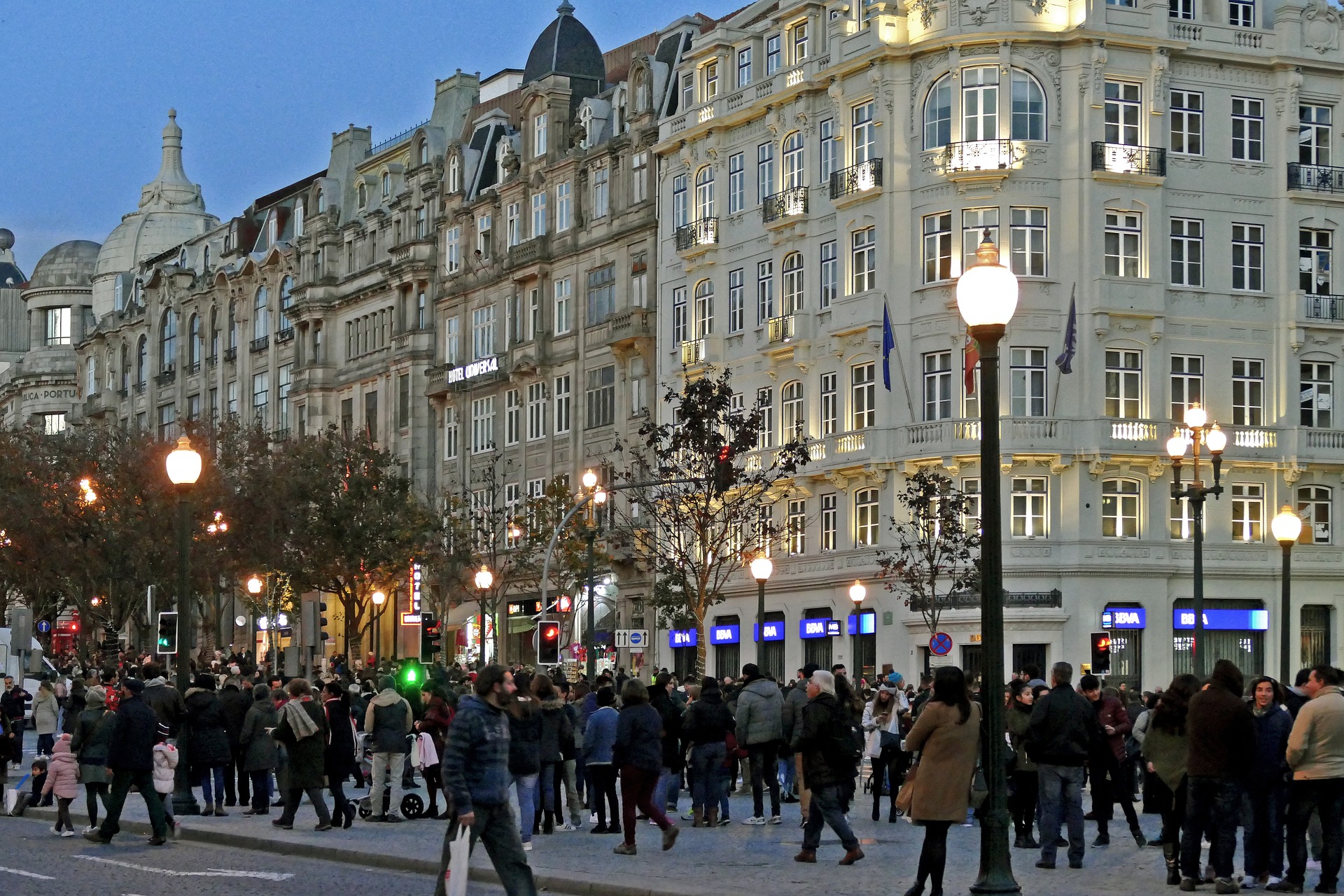La Française Real Estate Managers: Q1 2022 – Strong start for European commercial real estate market
La Française Real Estate Managers: Q1 2022 – Strong start for European commercial real estate market

By Virginie Wallut, Director of Real Estate Research and Sustainable Investment at La Française Real Estate Managers
The European commercial real estate market continued to rebound during the first quarter of 2022 with €65 bn in investment, an increase of 53% compared to Q1 2021. Real estate as a hedge against inflation largely explains the appetite of investors for the asset class.
Across the board, investors are very attentive to tenant solvability; a factor which is increasingly important given inflation and its consequences on the affordability ratio. It is difficult to anticipate how renewed Covid outbreaks in Q4 2021, the Ukrainian war and associated supply chain disruptions will weigh on 2022 commercial real estate activity.
The bottlenecks in supply are expected to slow down completions and push up development pricing. As observed in 2021, Environmental, Social and Governance (ESG) considerations should increasingly come into focus. New ESG regulations coming into application should make it economically inconceivable to hold obsolete real estate.
European Real Estate Investment Market, liftoff
The volume of commercial real estate investment in Europe reached a new twelve-month high of €281 billion (as at end-March 2022). The office sector, which accounts for €125 billion (+30% above its long-term average) and where investors remain focused on next generation, centrally located, flexible, serviced and energy efficient assets, is by far the preferred asset class.
Fuelled by the rampant expansion of e-commerce and forecasted rental growth, logistics and light industrial space recorded a record high investment volume of €67 billion. Retail and leisure assets also rebounded with increases of respectively 63% and 3% over twelve months. France and Norway recorded record volumes for a first quarter in retail assets.
With the lifting of travel restrictions, Spain too experienced a good start in the leisure segment. Investment in alternative sectors such as operated residential and healthcare is down in Q1 2022 compared to Q1 2021, due mainly to a lack of supply.
Prime asset yields still at their floor
Prime yields have remained generally stable across Europe over the past year despite an increase of respectively 1% and 1.5% in the risk-free rate and the cost of financing.
Given the rise in risk free interest rates, the average property risk premium of most European real estate markets has declined to its long-term average. New hikes in interest rates could however put upward pressure on real estate yields, the effects of which could be partially compensated for by the indexation of rents on inflation.
The overall performance of real estate will be driven by rent growth as opposed to capital gains.
Take-up trends in a two-tier real estate market
Fueled by improving unemployment figures, take-up across Europe continued on its positive trajectory. Overall, European office market take-up* rose by 52% over the past twelve months. Cities such as Dublin, Lille and London saw increases of more than 100% in take-up in Q1 2022.
As take-up increases, and completions decrease, stock has stabilized. A same trend can be observed in most prime European real estate markets: high demand in central locations and subdued demand in peripheries.
Beware of vacancy rates, submarkets can behave differently
Average vacancy rates continue to mask significant discrepancies between primary and secondary markets. Vacancy rates of centrally located assets in prime real estate markets, where demand is focused on next generation assets, remains low and supports rental values.
In Q1 2022, Berlin, London, Edinburgh and Paris registered increases in rental values of more than 10% compared to pre-COVID. In Q1 2022, Germany experienced the greatest increase in rental values while Spain and Italy suffered due to excessive or obsolete stock. Incentives on secondary assets, across all markets, have reached new records.
Demand is more and more focused on assets that meet ESG standards. Indeed, companies are migrating to more energy efficient office space in order to decrease their overall carbon footprint.
Sources: CBRE, MBE, La Française REM Research
*take-up in the 12 main European cities: Brussels, Lille, Lyon, Paris, Berlin, Frankfurt, Hamburg, Munich, Dublin, Milan, Amsterdam, Madrid








